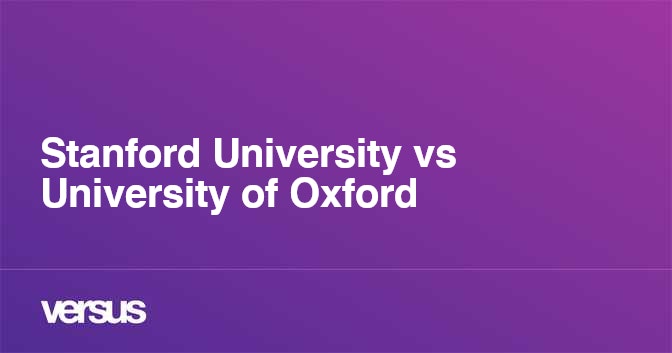No. I haven't participated in admission. I've stated that generally a school in a highly populated area will have more applicants that in a lower populated area. I hope that isn't so farfetched that I need to hunt down a datasource for it. You can do the search yourself if you need to. Very easy Google search. Stop psyching yourself out. If you have the money, apply everywhere. If not divide your applications carefully. Acceptance rate is a POOR indicator of the curriculum's rigor. But if you want to chase the lowest acceptance rate school to get such an accomplishment under your belt, go for it.
What is the difference between Stanford University and University of Oxford? Find out which is better and their overall performance in the university ranking.

versus.com
13.NUMBER OF APPLICANTS
36632 - Stanford
17200 - Oxford
1.ADMISSION RATE
6.6% - Stanford
17% - Oxford
Oxford is way more prestigious. Stanford gets more applicants.
Oxford is in Oxfordshire County: 2600 square kilometers, which is a ~51km by 51km square, or a 28km radius
- 2600 square km = 51km by 51km = 31.6 miles by 31.6 miles
- 2600 square km = 28k radius = 17.3 mile radius
-
687K people live in Oxfordshire
Stanford is in a larger county in California. So we will just ask the following question:
-
Can we find more people within 31.6 miles?
- Yes. San Jose, CA is 22.3 miles away, driving not straight line, with a population of
1 million
- Yes. San Francisco is 32 miles away, driving - not straight line, with a population of
800K
Stanford has a LOWER acceptance rate
partially because of POPULATION.
Oxford is arguably as good or better than Stanford, (~800years older) yet ~3X the acceptance rate.
Who would ever say, oh no Oxford is much worse because of acceptance rate?
